The Definitive Business
Leased Line Guide
What is a Business Leased Line?
A business leased line is an exclusive fibre link between a telephone exchange and a business premises. They provide dedicated bandwidth, ensuring superior internet connectivity speeds and reliability compared to traditional connections. That’s what makes them perfect for today’s forward-thinking organisations.
In the current business landscape, a secure and rapid internet connection is essential for success. As businesses strive to adopt new technologies and remain as efficient as possible, many are turning to leased lines as their definitive solution.
But how do they work? What are the benefits?
TL;DR
- Leased lines provide businesses with reliable, high-performance internet access and features such as low latency and scalability.
- Dedicated lines or broadband connections can be chosen depending on budget and needs.
- Leased lines provide symmetric speeds, meaning upload and download speeds are the same.
- Working with a managed service provider enables access to the best service and offers.
Assessing Your Business’s Connectivity Needs

Choosing the right connectivity solution for your business can be daunting. With so many options available, it’s important to assess your business’s requirements before making a decision.
Managed leased lines are a popular choice for businesses that require high-speed, latency free connectivity.
However, it’s important to assess your current needs before making a final decision. This process will help you determine the bandwidth requirements, identify critical applications, and services that your business requires.
Evaluating Your Current Internet Usage
The first step in assessing your business’s connectivity needs is to evaluate your current internet usage. Determine how many users are accessing the internet, how often, and for what tasks. This will help you determine the bandwidth requirements.
Businesses with a large number of employees who use the internet frequently may need a high-speed connection. Such tasks include video conferencing, cloud-based services, and VoIP. These activities require a connection with a large bandwidth capacity.
Projecting Future Bandwidth Requirements
It’s important to also consider your business’s future growth and internet usage when assessing your connectivity needs. Will the number of internet users increase? Will there be new applications and services that require internet connectivity?
Consider all of these factors when projecting your future bandwidth requirements. It’s important to choose a provider that can offer scalable solutions to meet your business’s changing needs.
Identifying Critical Applications and Services
Identifying the critical applications and services that your business relies on is crucial when assessing your connectivity needs. These may include cloud-based services, video conferencing, online backup, or VoIP.
It’s important to ensure that the managed leased line can support these applications without any interruptions. This means choosing a provider that can offer reliable and high-quality connectivity, with minimal downtime.
By assessing your business’s connectivity needs, you can choose a provider that can offer the right solutions to meet your requirements. Whether you require high-speed internet connectivity, scalable solutions, or reliable connectivity for critical applications, there is a leased line provider that can meet your needs.
Understanding a Business Leased Line
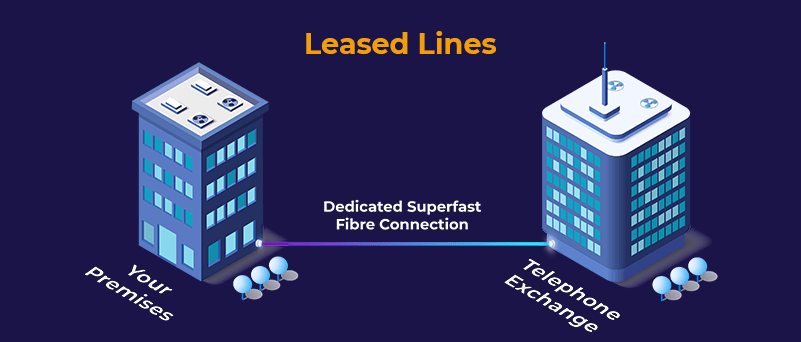
A leased line offers a reliable fibre optic connection specifically designed for businesses that require high-performance internet connectivity. It is dedicated and uncontended, guaranteeing quick uploads and download speeds as well as low latency.
These leased connections are scalable to match the ever-changing needs of your organisation’s technical demands.
Features such as symmetrical download speed capabilities make this type of line distinguishable from other options like broadband or ADSL connections.
Organisations benefit from lightening fast data transfer speeds on multiple platforms. This makes it a great option when reliable performance is essential.
Dedicated Internet Access
A leased line has many benefits. One is that it provides a dedicated internet connection. This eliminates the need to compete for bandwidth.
This ensures high speeds and reliable performance. This is necessary for cloud-based applications and VoIP technology to work seamlessly without interruption.
Low latency guarantees there is minimal interference during calls made using VoIP and superior cloud application performance. Businesses can benefit from the increased productivity and scalability that comes with dependable and fast dedicated internet access.
Delivered via a Fibre Connection
Leased lines provide dedicated internet access via a fibre connection, which offers businesses more speed and stability than traditional connections. This type of high-speed experience is made possible by using fibre optic cables to transmit data quickly and reliably.
Unlike other connection types, leased lines are delivered from a local exchange directly to the premises.
Investing in this kind of connectivity has great returns for any business looking for peak performance. It can be pricier than other options, and may not always be accessible in certain locations. Despite this, the advantages make it worth the investment.
Need assistance finding the
right leased line for you?
Our connectivity experts are here to help
Benefits of a Business Leased Line

A leased line is ideal for businesses today. It provides equal upload and download speeds, minimal latency, and the capacity to grow with you. These features make it perfect for meeting current business needs.
The main advantage is that they allow users a symmetrical speed for both uploading and downloading data. This means there will be no decline in connection quality regardless of whether you are sending or receiving information. This is critical for getting the highest level of performance when using cloud based applications.
It has a very low response time. This enables faster file transfers than typical internet services, such as DSL Connections and VPN. This gives customers a more efficient use of their system. They also provide flexibility when increasing bandwidth without changing physical cabling set-up every time needing increased capacity.

Symmetric Upload and Download Speeds
Businesses can benefit from a leased line that offer symmetrical upload and download speeds as it ensures seamless data transfer. This provides a quality connection with impressive uniform speeds in both directions, allowing for faster file transfers of large amounts of data compared to connections with asymmetric rates. This is in contrast to other connection types, where downloads are usually significantly faster than upload speeds.
Asymmetry could result in potential bottlenecks, thus impacting business operations negatively, whereas symmetry will provide efficient downloads and uniformly fast performance overall.

Low Latency
Leased lines are known for their low latency, which gives minimal processing delays over a network often expressed in milliseconds. This makes them ideal for companies that need real-time communication tools such as video conferencing and VoIP phone systems to operate without lags or disruptions.
With this feature, businesses can transfer large data files from remote locations while running multiple cloud-based applications simultaneously without any speed reduction issues caused by the leased line connection itself.

Scalability
Leased lines offer businesses a great advantage when it comes to scalability, allowing them to adapt their internet connections according to changing requirements. As these needs develop and the business grows, an upgradeable infrastructure is essential in order for operations not to be hindered by quality or performance issues.
With a leased line, businesses are sometimes able to access faster connection speeds if necessary. This flexibility ensures that companies can effectively keep running even amid fluctuating conditions.
How Leased Lines Work
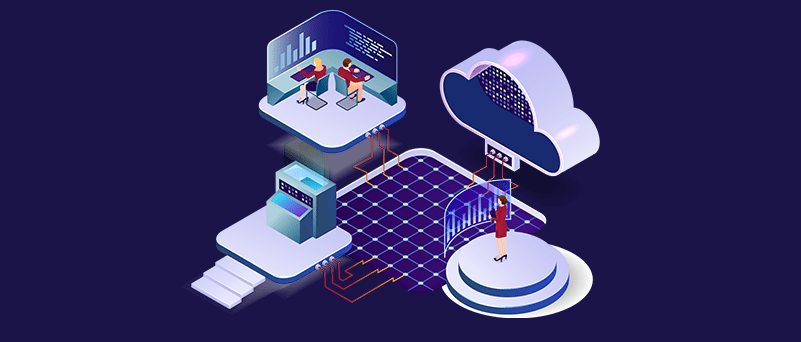
Businesses that are considering a leased line for their connectivity needs need to understand the process of how such connections work. Setting up this type of link is essential in order to join business premises and ensure reliable communication.
Leased lines present an exclusive, personal connection between two points, which normally is between a company’s location and its service provider – without other users’ involvement in it. This guarantees secure transmission since nobody else has access beside the businesses utilising these types of links.
Connecting Business Premises
Businesses may require a leased line connection, and the installation process for this can take anywhere from just a few days to several weeks. It is dependent upon how complicated it is to establish the route between the premises and the local phone exchange as well as the speed or type of connection needed.
Factors such as distance play an important role in affecting the cost of a leased line. So make sure that when looking into establishing one you are aware of all potential expenses associated with getting set up!
Ensuring Reliable Connectivity
A leased line offers a reliable connection and guaranteed bandwidth for dedicated access to the internet with no sharing of resources between users or other organisations. It provides secure, dependable quality while also ensuring maximum download capacity and durability so that businesses can take advantage of its uninterrupted availability even during times when usage is high.
A dedicated managed connectivity services provider offers a top-notch level of technical support along with maintenance, which allows quick resolution should any issues arise. Leased lines are designed to guarantee smooth running operations at all times for companies who prioritise reliability.
Unsure of the best
connectivity solution?
Our connectivity experts are here to help
Business Leased Line Vs Traditional Connection Types

Traditional internet connections, such as broadband FTTP, FTTC and ADSL, are shared between multiple users and businesses. This can lead to reduced speeds during peak usage times, and a lack of control over the connection. Managed leased lines, on the other hand, provide businesses with a dedicated connection that is not shared with anyone else. This translates into faster, more reliable connectivity that businesses can depend on.
By understanding different connection types and the alternatives available, firms can confidently make an educated decision regarding which connection type is best suited to their needs.
Leased Line vs FTTP
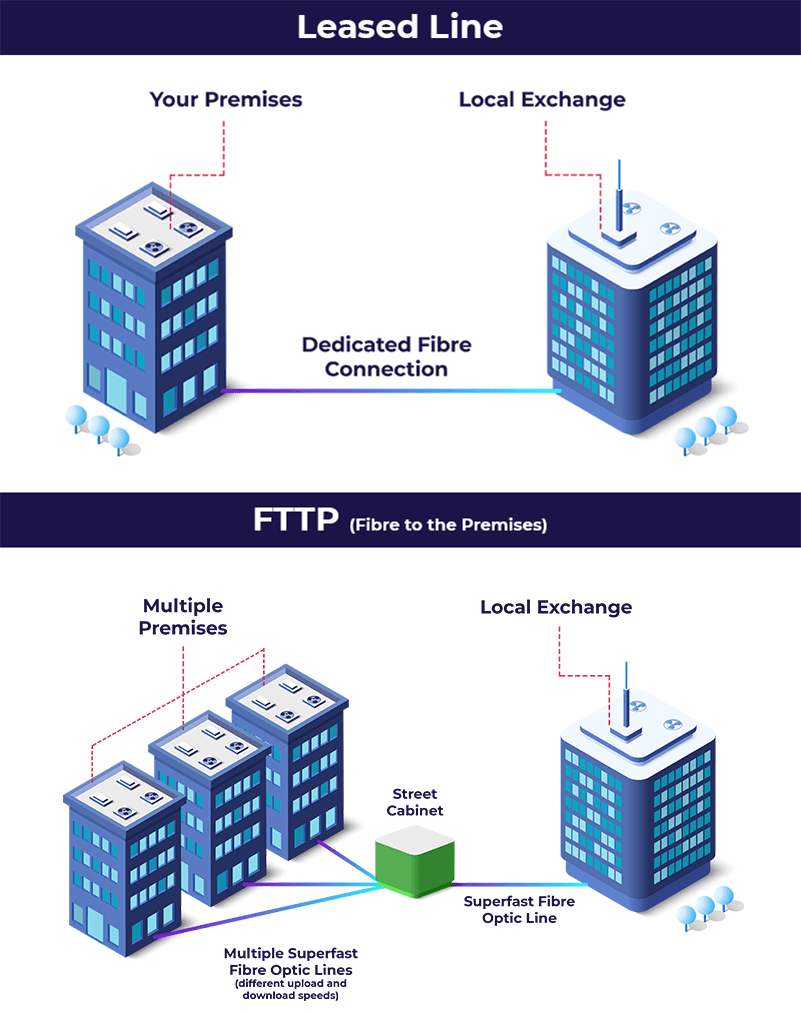
A leased line offers a private, exclusive connection for businesses, with no other users taking advantage of the bandwidth. This ensures faster and more reliable internet speeds, as well as improved security and 100% uptime.
On the contrary, broadband FTTP connections are delivered via a shared network, offering varying upstream and downstream speed capabilities available to commercial and residential customers alike. Connectivity is delivered via fiber cable, but unlike leased lines, the connection is shared across multiple premises.
While certainly more affordable, the shared nature of the service does come at a cost to performance.
As opposed to leasing a line directly, broadband FTTP may not be able to provide enough performance or reliability when data-heavy operations are involved.
For any business deciding between using either lease lines or broadband FTTP services, they will need to assess their budget against business requirements. If performance and reliability are critical, FTTP may not be able to meet requirements.
Leased Line vs FTTC
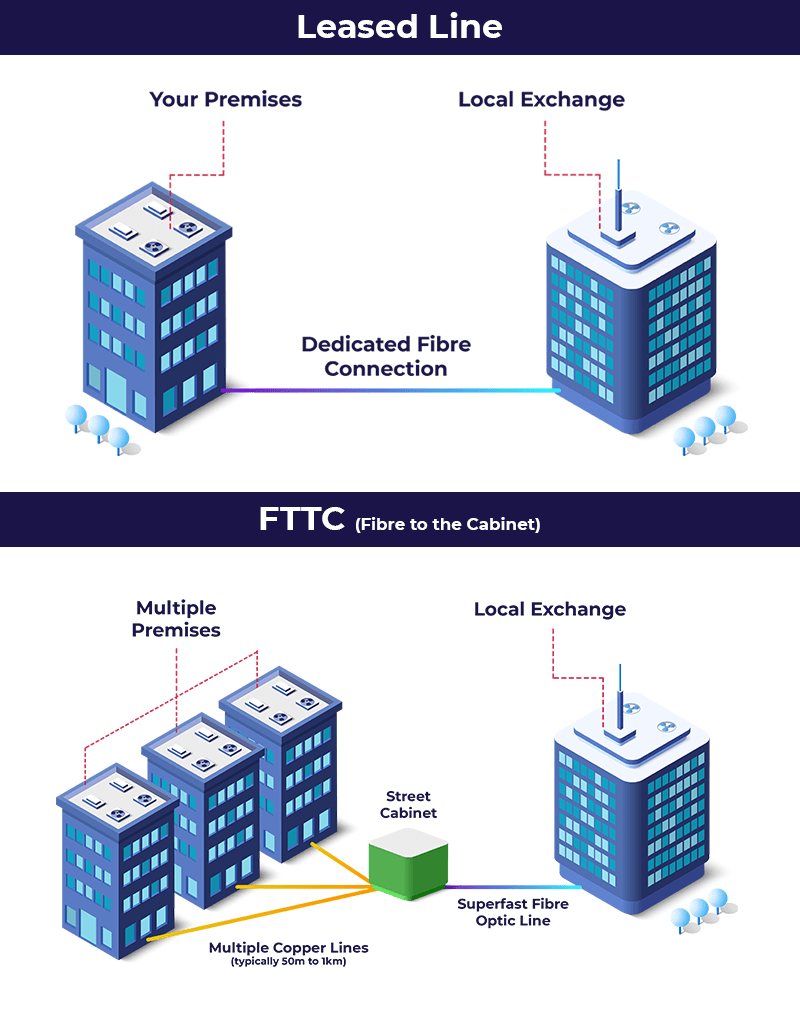
Broadband FTTC also uses fiber optic cables to connect the telephone exchange (cabinet) to a user’s premises. The last segment, from the cabinet to the premises, is typically copper-based, which can affect the overall speed and performance.
It is a cost-effective solution and provides fast installation times since it leverages existing infrastructure. However, FTTC speeds can vary depending on the distance between the premises and the cabinet, and the performance may be impacted during peak usage times due to shared bandwidth.
FTTC is a more affordable option for both residential and small business users, offering faster speeds than traditional broadband, although the performance may vary based on the distance from the cabinet. However, due to the UK’s Public Switched Telephone Network switch off (PSTN switch off), FTTC will be phased out by 2025. It is likely that existing infrastructure will be upgraded to FTTP, allowing existing users to experience the added benefits of the faster connection type.
Leased Line vs ADSL
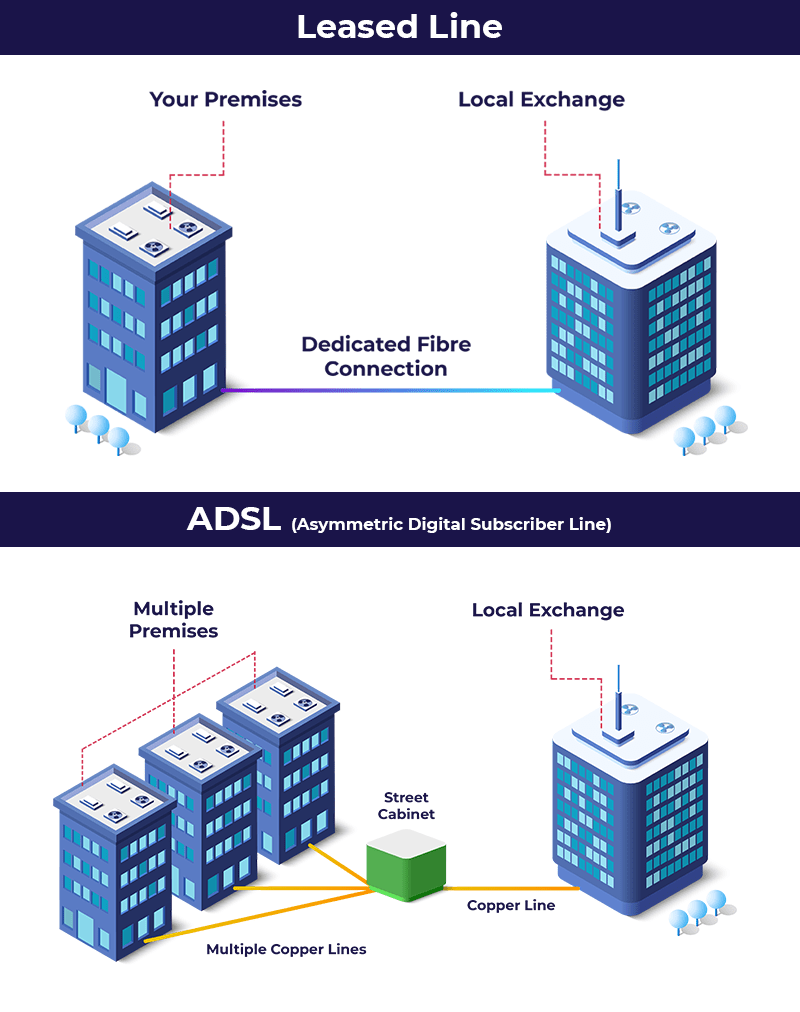
ADSL uses existing telephone lines to deliver internet connectivity. It offers asymmetric bandwidth, where the download speed is typically faster than the upload speed. ADSL is widely available and suitable for residential users and small businesses with moderate internet needs.
Similarly to FTTC the PSTN switch off means that ADSL will be decommissioned by 2025. As such, businesses will need to look to alternative solutions such as FTTP or a leased line.
Evaluating Leased Line Costs
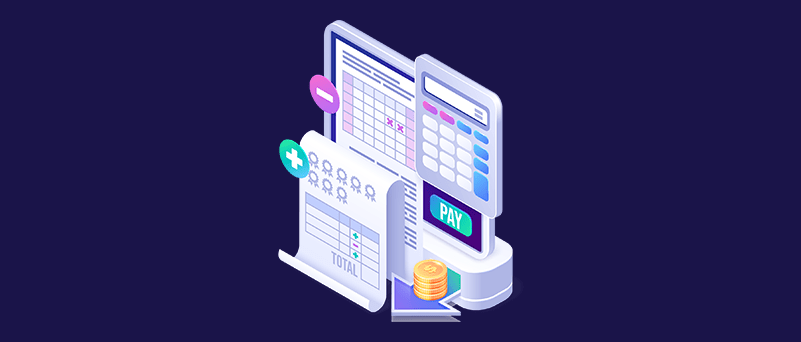
Prior to acquiring a leased line, it is important to assess the costs and determine if this solution meets your business needs. In order to understand what a leased line might cost, you’ll need an understanding of what factors influence their price.
Pricing Factors
When determining the cost of a leased line, there are many factors that must be taken into considerations.
Factors that influence cost of a leased line include:
- Location
- Bandwidth
- Contract length
- Required levels of customer service, latency, resilience, and uptime provisions
Businesses need to consider the distance between their premises and the local telephone exchange when selecting a suitable solution, this can influence pricing significantly. Connection speed and contract length are also taken into account.
Leased line pricing is also affected by factors like the quantity of bandwidth needed, service provider and geographical location. All these points should be evaluated carefully before making any decisions about which option best suits your needs.
Working with a managed connectivity provider such as Aspire gains customers access to exclusive, competitive pricing and offers. We have partnerships with all leading UK connectivity providers and compare quotes to find the best value connection, at the most competitive price.
Some of the leading UK leased line providers we work with include:
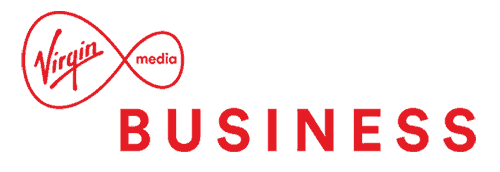
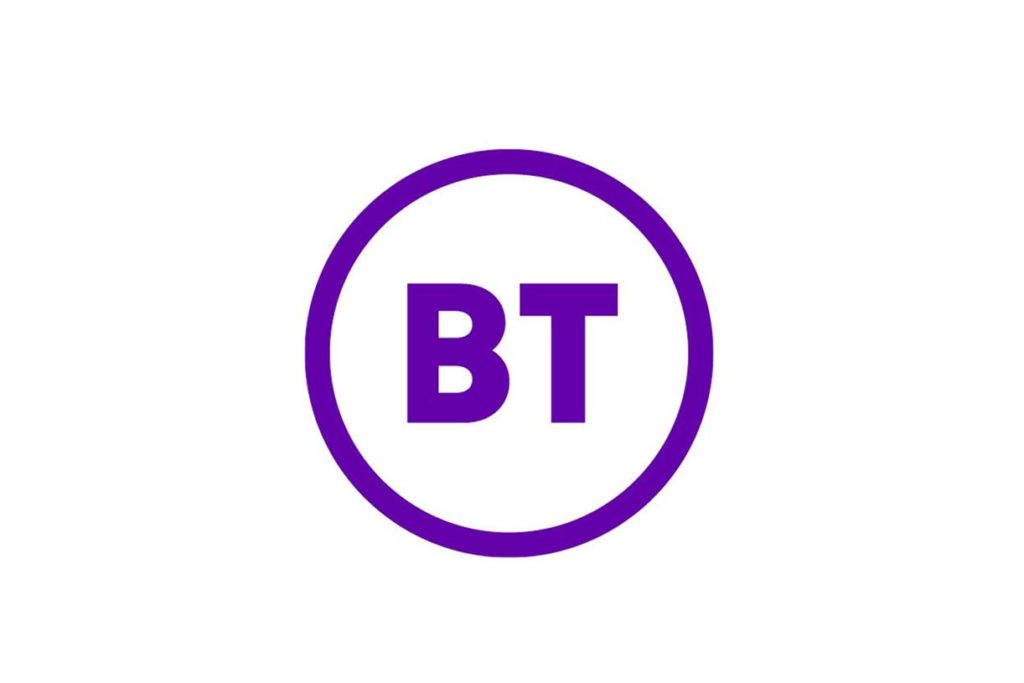
![]()
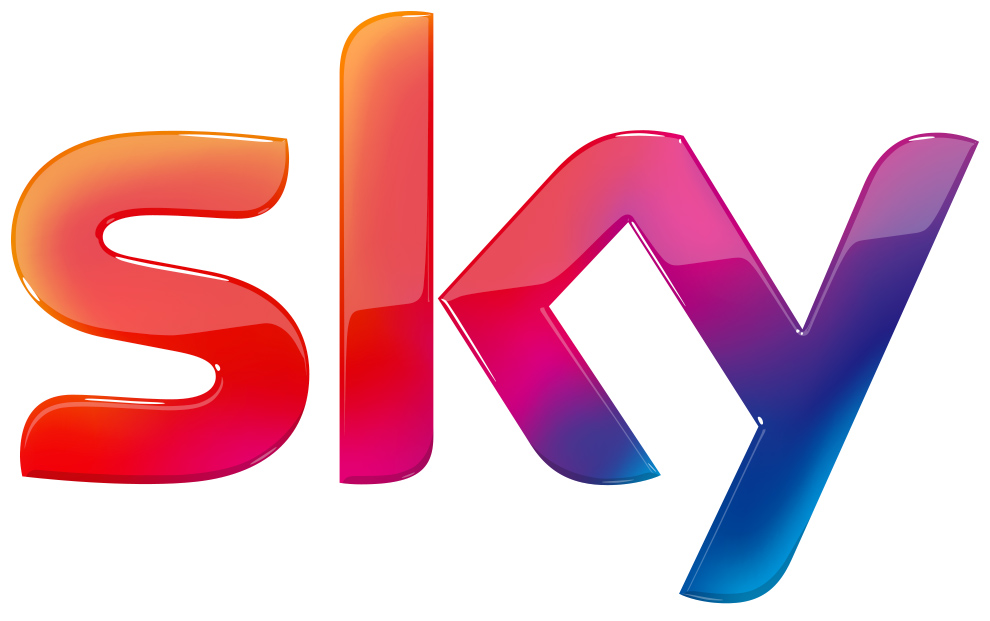
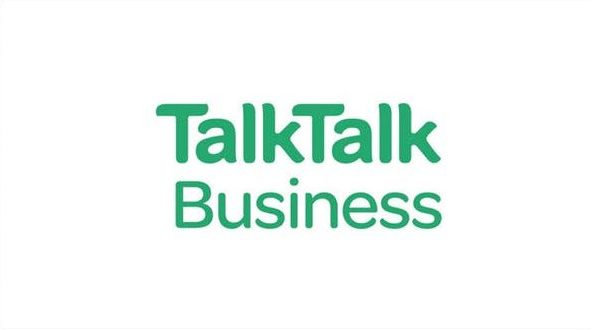
Implementing a Leased Line Connection

Once the expenses have been thoroughly analysed and you’ve decided a leased line is the right choice for you, it’s time to install your connection. This section will cover all of the details related to this process.
Choosing a Provider
Choosing the correct service provider is an integral part of leasing a line. It’s important to evaluate factors like customer assistance, setup times and ongoing support requirements when making a decision.
Working with a managed service provider also means:
- Installation is managed
- Exclusive discounts and offers otherwise unavailable from ISPs
- Increased security and reliability
- 24/7 support
Level of Service
Some connectivity providers offer a number of service options when it comes to supplying a leased line. At Aspire, we provide our customers with the choice of wires only or a fully managed service.
This offers customers flexibility in how their leased line is deployed and flexibility in pricing. Our two options include:
Wires only
Our wires only leased lines are a great way to get you up and running as quickly as possible by using your existing network routing equipment. Our nominated partner will terminate the fibre service within your building and hand-over the service on their equipment. You can then plug in your existing equipment and you’re online!
Fully Managed
Our fully managed leased lines come with an Aspire managed router and proactive management. For extra peace of mind, your connection will be monitored 24/7 by our UK-based Service Desk, this means we are made aware of issues as soon as they occur and we will be taking action to resolve them, often before you even notice.
With a fully managed leased line, we can also provide an extra layer of resilience with Auto Failover. We supply dual equipment to your premises on two fibre lines, or alternatively on 4G signal. In the event of equipment failure, or a loss of signal, your connection will failover to the back-up equipment, ensuring that your service is uninterrupted.
Installation Process
The installation process for a leased line requires the connection of the business premises to that of their provider’s network. This could include tasks such as laying cables, fitting routers and setting up connections, which may take anywhere from several days to some weeks based on how difficult it is and any issues encountered during this period. Businesses should make sure they have allotted enough time for setup while also liaising with their supplier in order to ensure an effortless implementation phase without hiccups or delays.
Ongoing Support
For your business to maintain reliable connectivity, it is essential that your leased line provider offers ongoing support and maintenance throughout the lease period. This guarantees uninterrupted use of the service as well as any necessary problem-solving if required.
Summary

Leased lines provide the perfect blend of advantages for companies searching for steady, high-speed internet access with an individual dedicated connection, fibre connectivity, and symmetric upload and download speeds to minimise wait time while offering scalability.
Companies can make informed choices on their network requirements by being aware of both associated costs as well as setup procedures involved in using leased lines.
This may very well be crucial when aiming to remain one step ahead in today’s world where being connected is paramount.
-
What is a leased line in business?
A leased line is specifically dedicated to the user and provides a reliable way for businesses to transfer data. By offering only private use of bandwidth, these lines guarantee both quality and speed. As there are no other users on the same connection, congestion will not be an issue. This link offers symmetrical bandwidth – allowing files or information to be transmitted in either direction (uploading/downloading) at equal speeds.
-
What is the disadvantage of leased lines?
The cost of leased lines, including installation fees and ongoing rentals, is usually higher than that for other connection types such as ADSL, FTTC or FTTp, which can make them an expensive data connectivity option for businesses.
-
Why do companies use leased lines?
Leased lines offer businesses a secure, dependable and rapid connection for their needs, which is not dependent on sharing bandwidth with others. This provides greater security to companies as well as more reliable service speeds so that they can remain competitive in the market and perform efficiently. Alongside this improved speed of data transfer, comes the improved speed of data transfer.
-
What are the types of leased lines?
Leased lines are the perfect way for businesses to maintain reliable, fast-paced connections between two remote sites. Various kinds of leased line services like Fibre Ethernet (or EAD), FTTC and MPLS can be chosen depending on individual needs - whether it’s data transmission or voice/video calls. DSL and Satellite connections also exist as options, but tend not to provide quite as much bandwidth due to their lower reliability ratings overall compared with fibre optic solutions.
-
What is a leased line in business?
A leased line is an efficient way for businesses to access a secure and reliable fixed-bandwidth connection. Rather than sharing bandwidth with other users, businesses 'lease' the connection from the Internet Service Provider, allowing them to have dedicated data capacity for their own use.
A leased line needs to be symmetrical, uncontended and point-to-point for optimal performance.



